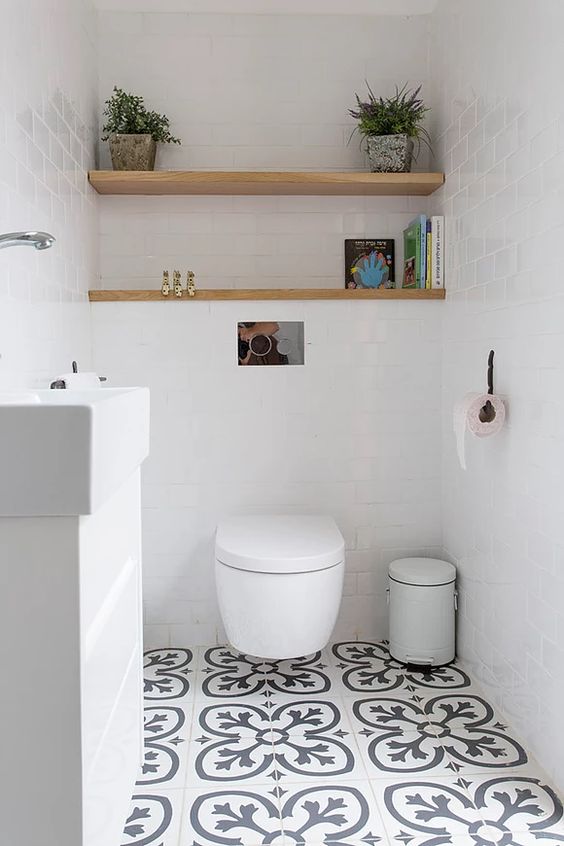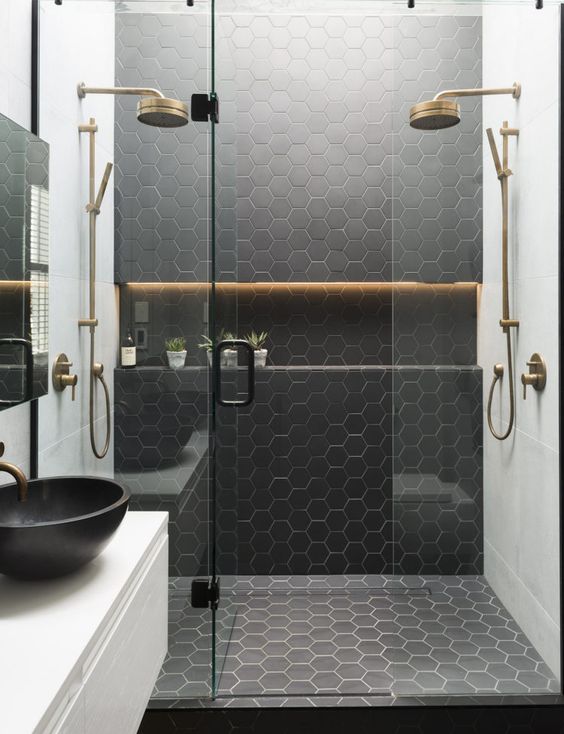The Top 5 DIY Tips To Know About Plumbing
Are you ready to sharpen your DIY plumbing skills or hire somebody who can repair minor plumbing problems that arise? You could save a few bucks by tending to overflowing toilets or dripping faucets yourself. Tend to issues upon taking notice before they turn into something only experts can mend.
We’ve got five helpful tips you can add to your plumbing repertoire once you have the appropriate tools.
1. Use heat to slacken stiff water pipe fittings
Unable to loosen up the pipe fitting or the trap beneath the sink, never mind how hard you try? Reinforced joints make it virtually impossible to dislodge the fitting with bestial strength.
You may apply heat to slacken old, stiffened pipe dope. A propane torch will do the trick; however, you’ll heat for a couple of minutes before you note any progress. Use heat-resistant medium to safeguard nearby walls.
Only heat metallic water conduits and never on or close to gas or plastic installations.
2. Put away thread sealing compounds, replace with thread tape
Thread sealing compound popularly referred to as ‘pipe dope’ drips and smears. For the majority of projects requiring pipe threads about the house, we recommend you use thread tape in their place because they work well if not better.
Buy a multi-function tape which is normally white. The bulkier tape is ordinarily pink or water and yellow for gas. Try at least one of the thicker alternatives for better handling.
When wrapping the tape, roll it in an anti-clockwise fashion around the threads. Are you unable to get the roll into the small spaces? Fold a couple of turns around a pen and fasten from that. Wrap the tape around the pipe threads approximately three times for optimum results.
3. Check your shower head regularly
Thread tape remains among the most straightforward ways to repair a leaking shower head. Odds are the leakage indicates loose connections within the thread. Unscrew the shower head and apply new tapping by draping in a clockwise manner and re-attach to halt the drip. In the case that the shower head is congested, immerse it in a mixture of warm water and vinegar for roughly an hour. If necessary, use a brush to break up mineral deposits that might be causing impediments in the spray.
4. Replace parts inside the faucet or toilet
Taking apart your shower or the pipes beneath your sink may lead to messy outcomes should you make an error. However, you’ll do no damage by attempting to replace your faucet cartridge or toilet flapper.
Threadbare flappers are a leading cause of drips between the toilet bowl and the tank. These two don’t come cheap! On a positive note, the package is normally accompanied by simple-to-follow instructions.
5. Get rid of clogs without chemicals
Next time you realize you drain is clearing rather slowly, don’t purchase costly chemical drain cleaners. Instead, manually unblock the drain using a drain snake. Merely insert the drain snake into the pipe and pull out with the clog agent attached.
You may be hesitant to take on plumbing projects on your own; however, minor leaks and clogs can be fixed without the need to seek professional assistance. That isn’t to say you shouldn’t have a plumber’s number on your speed dial in case you come upon an issue you can’t fix. These tips were provided by Emergency Plumbing Squad, New York and you can call them for urgent plumbing problems in your house.











